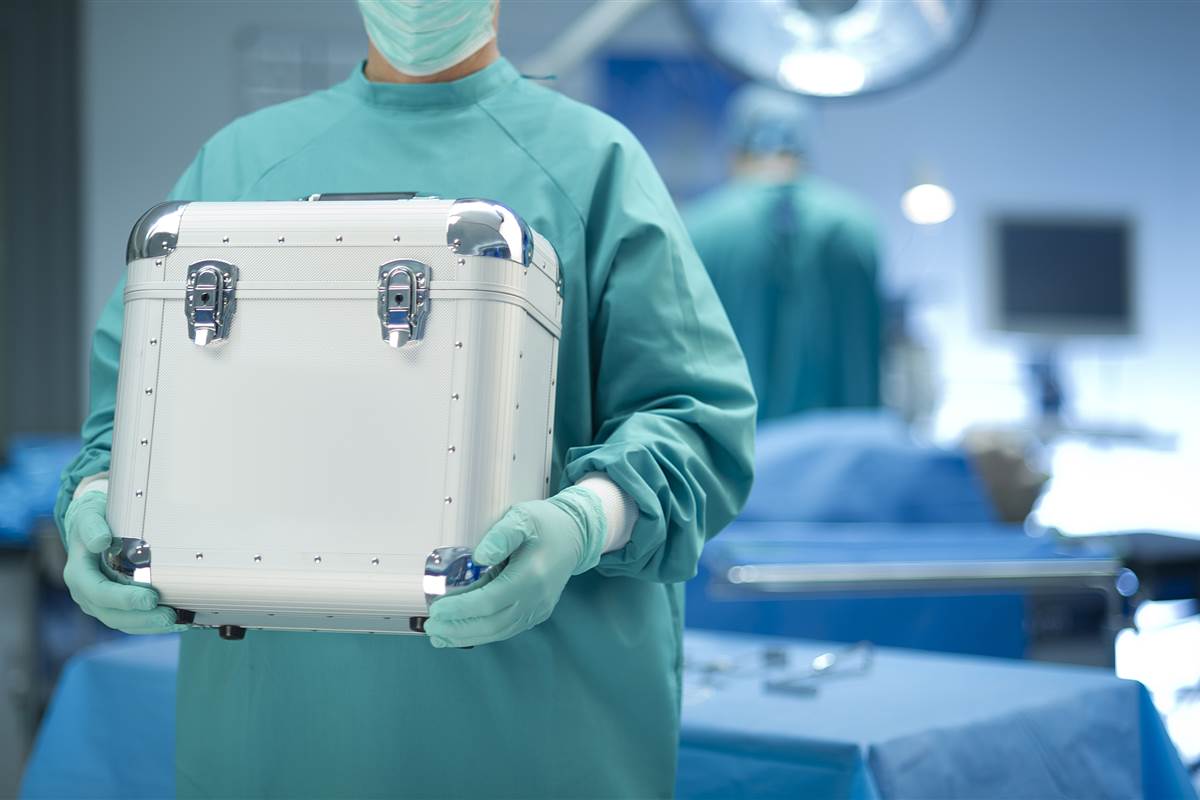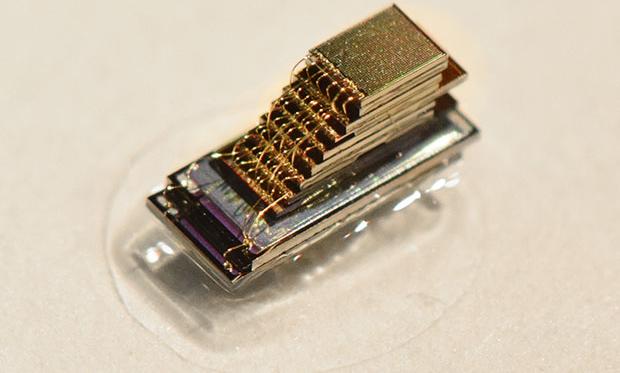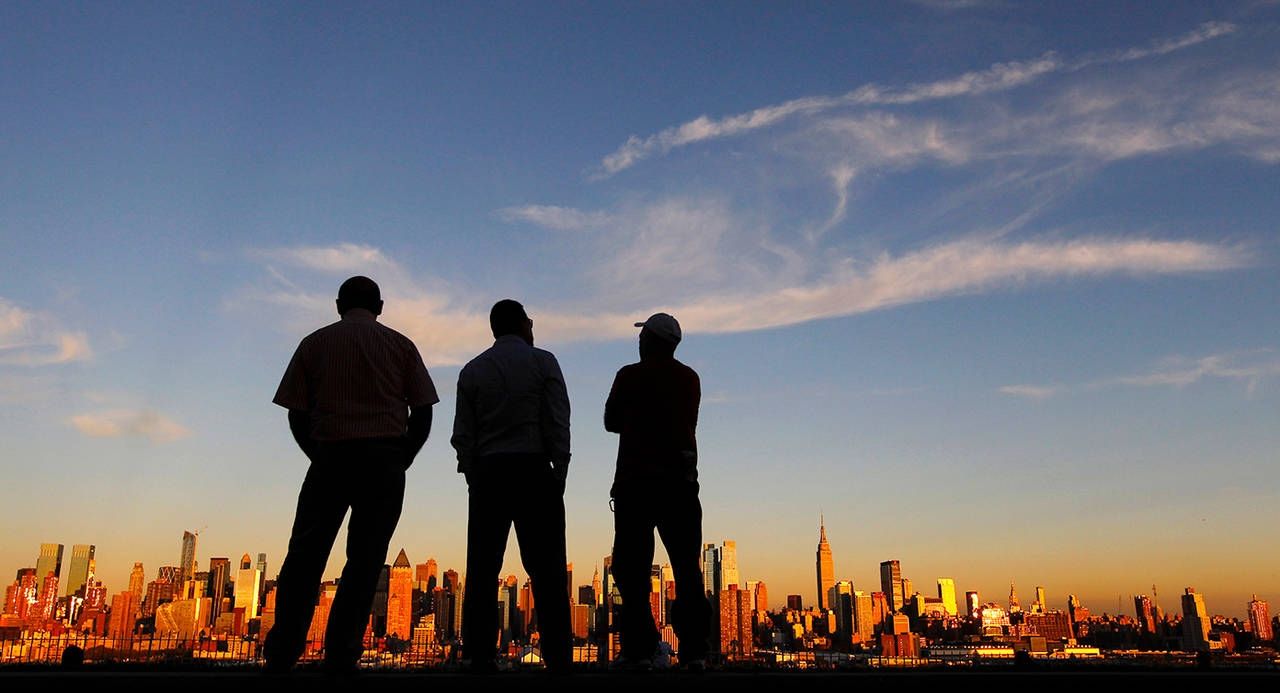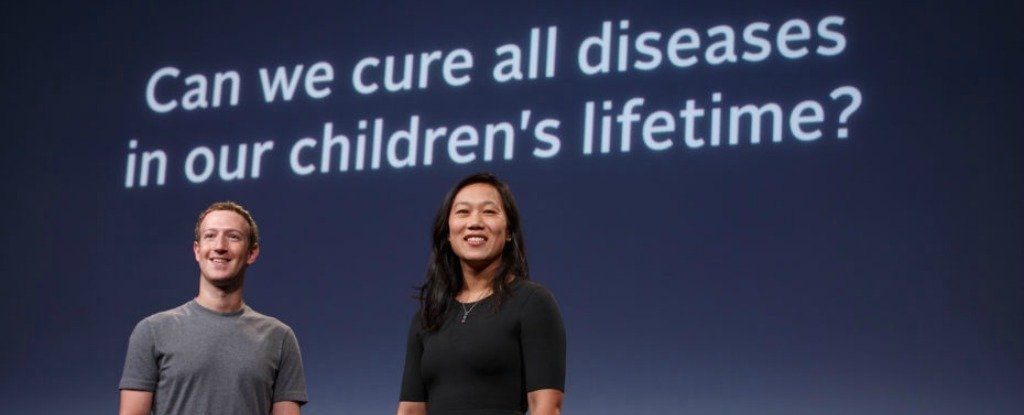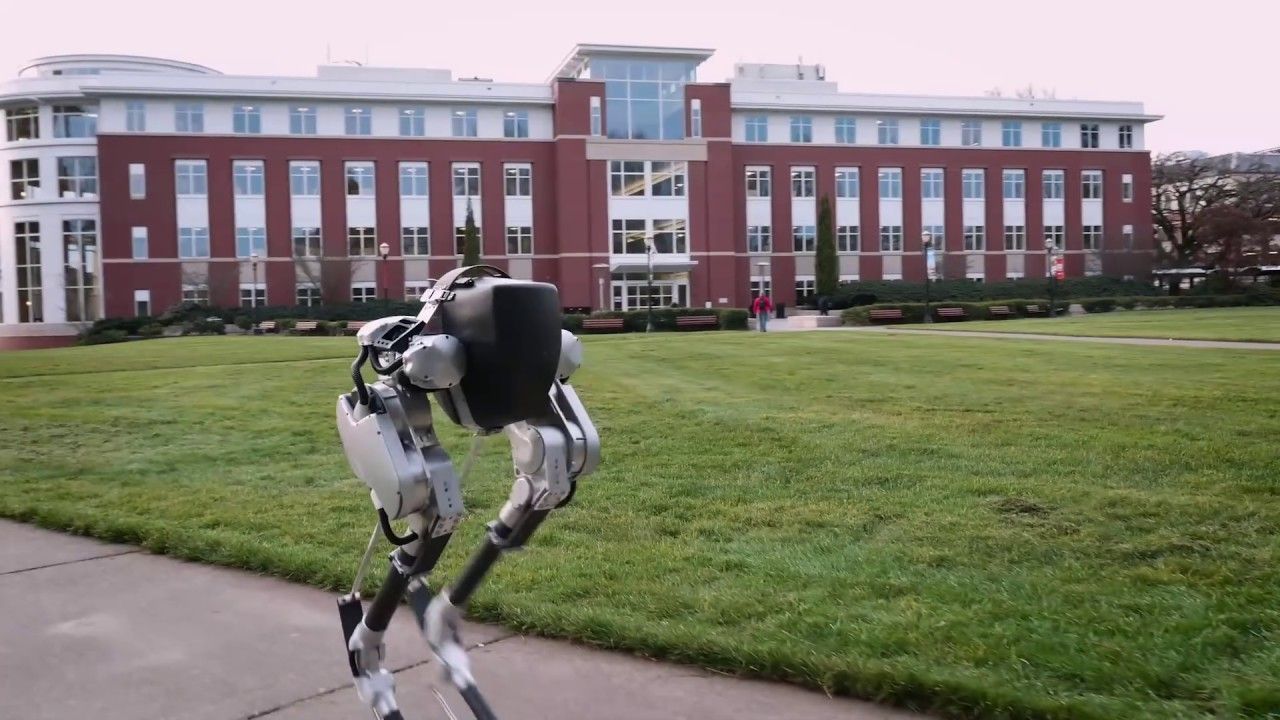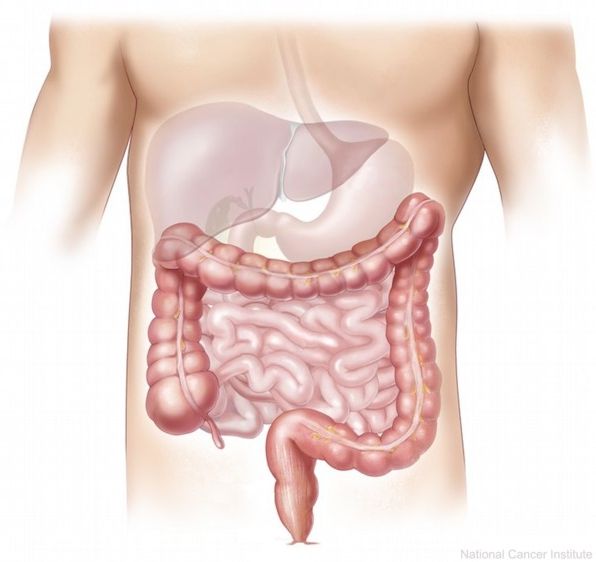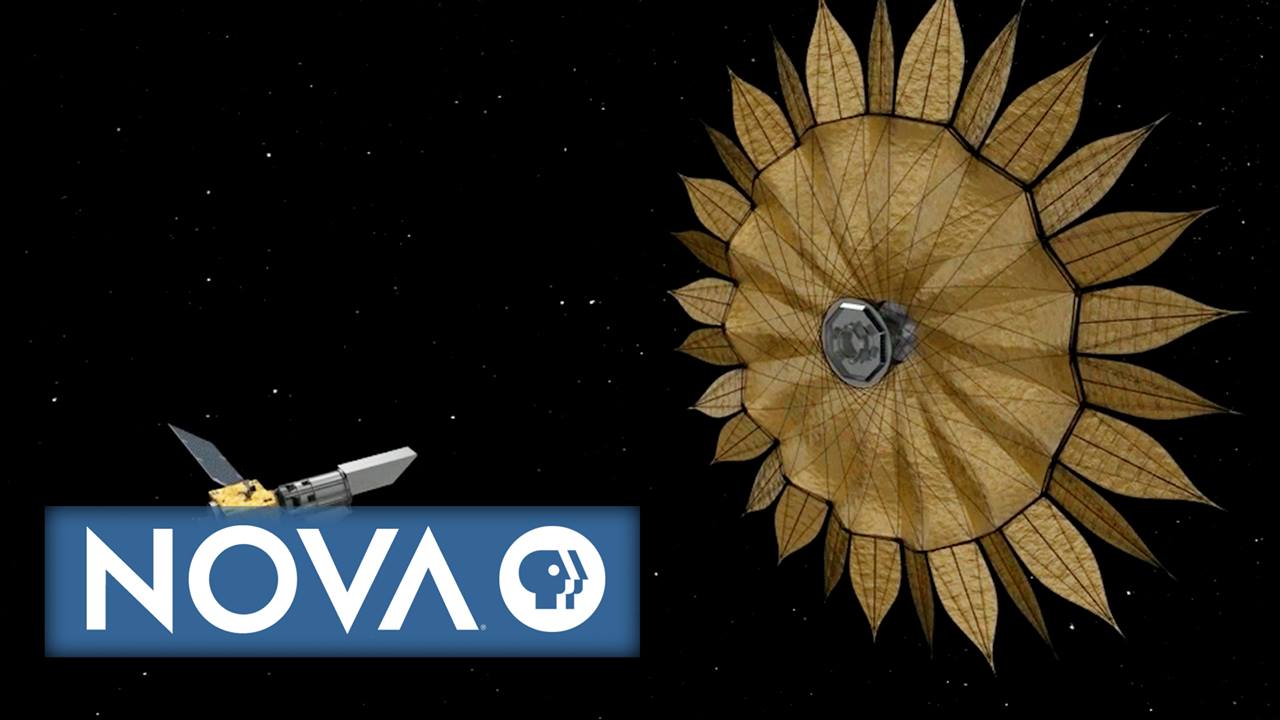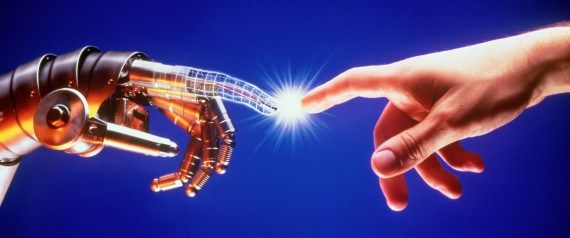3D printing is profoundly changing not just how we make things, but how we design them as well. As well as saving materials, time, water and waste, it is also opening up possibilities for new products and is set to unleash a wave of innovation in the industrial sector.
It looks like Self Driving cars may create a US organ shortage that finally acts as the Kick in the Ass to force stem cell generated organs on to the market. Enough of the ‘in the future’ we might have these Nonsesne.
Science, however, can offer better a better solution.
The waiting lists for donor organs are long — 120,000 people on a given day — and ever increasing. With fewer donor organs to go around, researchers are working on other ways to get people the parts they need. With help from 3D printing and other bioengineering technologies, we will eventually be able to grow our own organs and stop relying on donors.
Related: How Technology is Tackling Joe Biden’s Cancer Moonshot
The Chan Zuckerberg Initiative, launched in September 2016 and run by Facebook CEO Mark Zuckerberg and his wife, pediatrician Priscilla Chan, set out with the ambitious goal “to cure, prevent or manage all disease during our children’s lifetime”.
As part of the US$3 billion initiative, the organisation created an independent nonprofit Biohub, which on Wednesday said it committed US$50 million to 47 scientists, technologists, and engineers working at UCSF, Stanford, and UC-Berkeley.
The 47 investigators are working on a wide range of projects, but there was one central thesis the Biohub tried to keep in mind when picking from the 700 applicants.
In Brief:
Regenerative dental fillings that allow teeth to heal themselves have been developed by researchers, potentially eliminating the need for root canals. The treatment earned a prize from the Royal Society of Chemistry after judges described it as a “new paradigm for dental treatments.”
No one in their right mind would ever look forward to a filling at the dentist. Why can’t our teeth fix themselves? Maybe they can. At long last, scientists from the University of Nottingham and Harvard University may have revolutionized the way we look at treating dental issues. Their regenerative dental fillings allow teeth to heal themselves—potentially eliminating the need for the high-pitched drilling inherent in root canals.
Engineers are using origami to design drugs, micro-robots, and future space missions.
Don’t miss “The Origami Revolution,” airing February 15, 2017 at 9 pm on PBS: http://to.pbs.org/2lp78cv
Great read and highlights what I have been showing folks around the convergence that is occurring between technology and biology via Quantum. We’re achieving (in the Epoch chart on Singularity Evolution) Epoch 5 via Quantum Bio and our work we’re seeing from DARPA, Microsoft, Amazon, Google, and others. Synbio has to mimic the properties we see with Quantum Biology/ Biosystems. And, things like DARPA’s own RadioBio will enable and expose many things on multiple fronts in Biosensors (including security), IoT, healthcare/ medical prevention management and treatments, AI, etc.
Singularity – the state of being singular; Oneness.
The biological system is a natural form of technology. A simple examination of the nanobiology of the macromolecular system of any cell will attest to this – enzymes and structural proteins are veritable nanomachines, linked to the information processing network of DNA and plasma membranes. Far from being a primordial or rudimentary organic technology – we are discovering more and more the level of complexity and paragon technological sophistication of living systems, which as is being discovered, even includes non-trivial quantum mechanical phenomena once thought to only be possible in the highly specialized and controlled environment of the laboratory.
Reciprocally, soon our technologies will become living systems – particularly through nanotechnology (which is being accomplished through reverse engineering and hybridization with biomolecules, particularly DNA) and general artificial intelligence – machine sentience. Following this parallelization of biology with technology, we can examine how humanity as a technological supraorganism is undergoing a period of punctuated speciation – an evolutionary transformation of both our inner and outer world.

